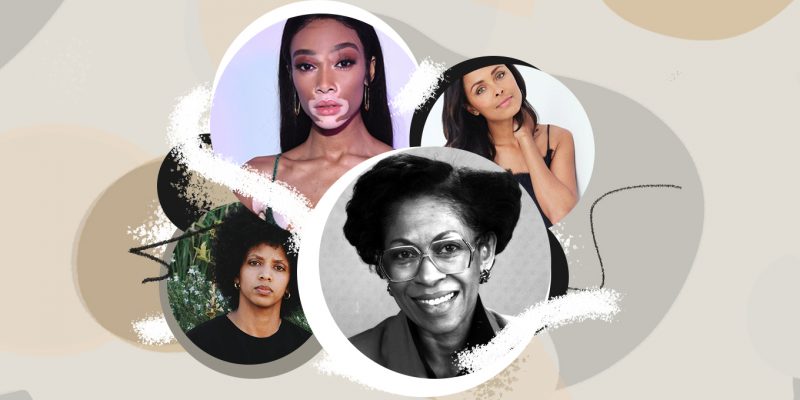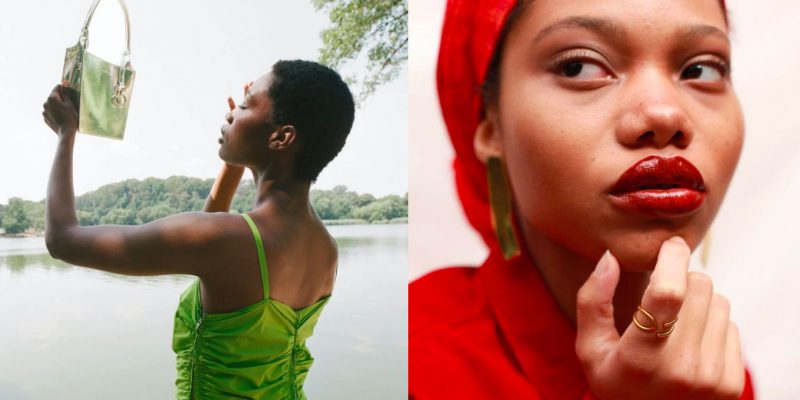Society
Our National Pastime's Hockey Secret
Sexual-assault accusations brought against Hockey Canada players last spring are just the tip of the iceberg when it comes to serious issues in an organization gone wrong.
by : Caitlin Stall-Paquet- Feb 23rd, 2023
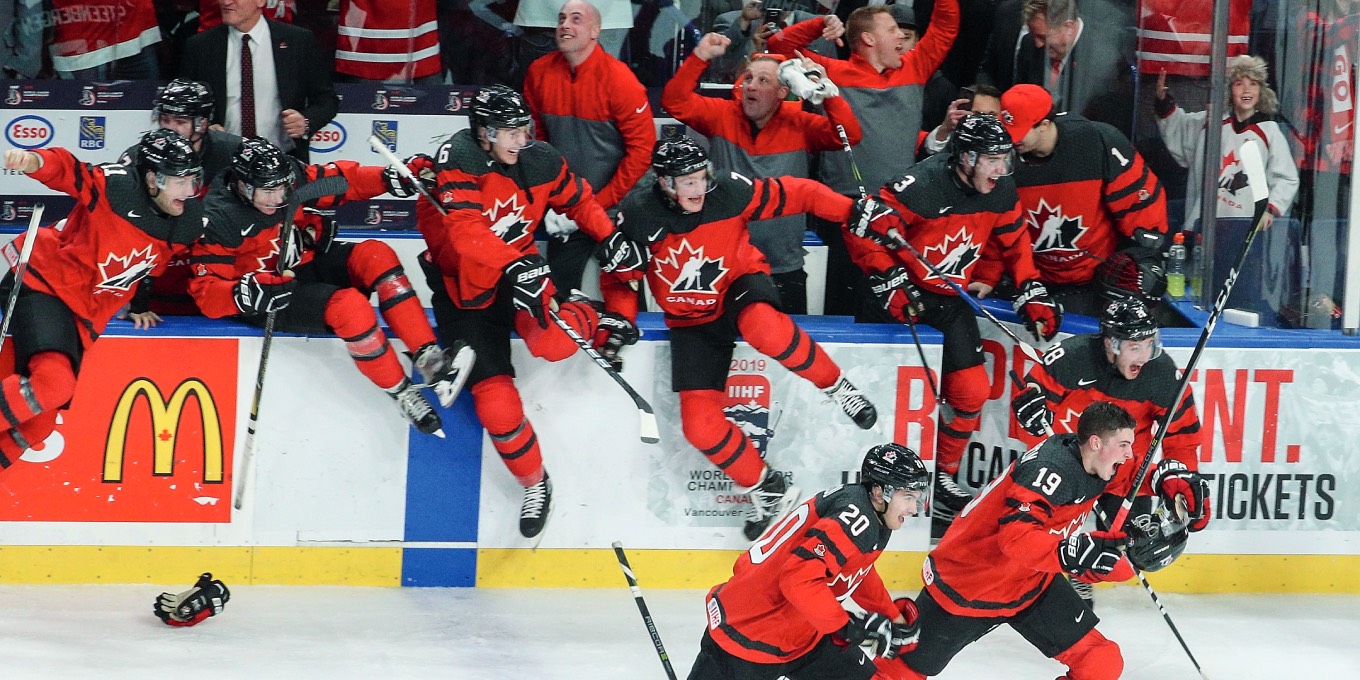
Getty
On the morning of may 26 last year, Hanna Bunton—a Team Canada gold medallist and forward for the Professional Women’s Hockey Players Association (PWHPA)—was working with the under-18 team of young women she managed when she got a notification to hop on an emergency call with her employer, Hockey Canada. The publicization of a settlement with a woman (who was later identified by the initials E.M.) who’d sued Hockey Canada and eight of its players, some of whom were on the world junior team, for $3.5 million was about to hit. The complainant had publicly stated that in 2018, following a Hockey Canada event, she’d been the victim of a gang rape in a London, Ont., hotel room while very intoxicated. Bunton describes her initial feelings upon hearing this news as a mix of shock, sadness and disappointment. Her shock wasn’t so much in reaction to the fact that it had occurred but more about Hockey Canada’s handling of the allegations. “It’s a hard pill to swallow when something this horrific happens in an organization to which you have dedicated not only your hockey career growing up but also your professional career,” she says.
Bunton’s lack of surprise at the event itself highlights a despondency that many athletes, fans and those who follow the news may also feel when it comes to this sort of heinous behaviour. It also points to the fact that something is deeply broken within the hockey world and perhaps sports culture in general. With this particular scandal, the initial announcement was just the beginning. Each subsequent bit of information that came to light—how the case had been closed in 2019 without any criminal charges being brought, that the complainant was under an NDA (non-disclosure agreement) that prevented her from speaking about the matter publicly and protected the accused players, how Hockey Canada was made aware of the incident and failed to sanction the players and that the National Equity Fund, which is made up of registration fees, was used to pay for other alleged sexual-misconduct settlements—added a fresh layer of dirt to Hockey Canada’s name.
Many parents, supporters and corporations have since rightfully questioned whether the organization should still be a source of national pride. Last summer, waves in this oceanic scandal led financial backers to drop like flies. Canadian Tire, Telus, Bauer and Tim Hortons—the epitome of Canadian-ness, which was founded by an NHL hockey player who himself was once in the junior league—are a few of the brands that opted out of supporting Hockey Canada to varying degrees for its 2022-2023 season. Around that time, Pascale St-Onge, the federal minister of sport, announced a pause in the government’s funding of the organization, stating, “This is about changing a deeply entrenched culture; it’s not about simple band-aid solutions.” The moment of reckoning was a long time coming, as the events of 2018 were far from anomalous within the hockey world. Another investigation came to light in July, this time into a 2003 assault in Halifax when half a dozen players recorded themselves having sex with a naked and unresponsive woman.
Though the chair of Hockey Canada’s board, Michael Brind’Amour, stepped down and was replaced with former player Andrea Skinner last August, his feet were initially the only ones being held to this raging fire. To Bunton, changing this culture will require a fresh start at Hockey Canada. “The definition of insanity is when you do the same thing over and over again and expect to see change,” says the coach and player, who supported a call for the resignation of Hockey Canada CEO Scott Smith. Instead of resigning, however, Smith presented the women’s team with gold medals after they won against the United States in September—a move that could be described as tone-deaf at best.
Skinner defended the organization’s reputation at an October standing committee on Canadian heritage in Ottawa that same month. Laura Robinson, journalist and author of the 1998 book Crossing the Line: Violence and Sexual Assault in Canada’s National Sport, listened to her responses during that questioning very closely. “She said at some point that the 2018 Junior Hockey team allegations were the first time she’d ever heard of this [type of behaviour in the organization],” says Robinson. “Really?…Where has she been? If she doesn’t know that this is cultural and that it has gone on for decades, she should not be the chair of Hockey Canada.”
As a former national-team cyclist, Robinson saw enough normalized relationships between adult male coaches and teen girls that she vowed to do something about it. She went on to become the first Canadian journalist to address sexual abuse in sports, writing about it in 1992 for the Toronto Star. Two days after the October hearing, Hockey Québec stated that it would stop transferring funds to its national counterpart, and Hockey Ontario quickly followed suit. Less than a week later, Skinner resigned. On October 11, after in-depth scrutiny, Smith and the entire Hockey Canada board stepped down. A new board was elected this past December, with retired judge Hugh L. Fraser as the organization’s new chair.
However, expecting that sweeping out the power holders would negate the need to re-examine the sport is not realistic. Robinson defines hockey in this country as “a total institution,” which is an idea formulated by sociologist Erving Goffman to describe a closed organization with a built-in social system in which almost all aspects of the residents’ lives are controlled, like in prisons or boarding schools. Another sociology professor, Steven Ortiz, added to this concept and called it the “mobile total institution.” Hockey players exemplify this concept since they carry around the weight of privilege bestowed upon them as they travel from town to town, protected by the establishment they represent.
According to Robinson, who has been investigating this sort of violence for 30 years, it’s an inherent part of hockey culture. “What’s really important to know about the gang sexual assaults is that [this is] part of the bonding between the players,” she says. “The sexual relationship is actually between the players, and they use the female body like they would an ice rink to perform violent acts for each other.” With sexual assault lurking in the dark corners of seemingly every institution—permeating the military, the church and schools alike—it’s obviously not just a hockey problem. “It exists where there’s a real hierarchy of patriarchal power,” says Robinson. The particularity of hockey, though, is what the sport has come to mean for countless Canadians—how it’s a stand-in of sorts for religion. “Once we became more secularized, we took that promise of the young male from the religious setting of the church [and] simply transferred it into the arena,” argues Robinson. “So there was still this young male who was supposed to be a saviour. It’s not heaven you’re going to—it’s heaven at the hockey rink for two hours.”
Bunton wants what’s deemed acceptable for these idolized players to say and do to change, starting from the time they first lace up their skates. She saw the necessity for this shift when she worked with a boys’ hockey team at a camp last summer and found herself reprimanding the players for using words like “gay” as an insult. She believes this sort of attitude in 10-year-olds has the potential to escalate into more nefarious behaviour if left unchecked. “We [cannot] tolerate anything—bullying, racism or any sort of hazing, misconduct or mistreatment of anyone—from [the time they are] a young age,” says Bunton about the future of the sport to which she has dedicated her career since 2013, when she first played for Team Canada.
Vigilance is necessary at multiple levels too, especially as the organization tries to rebuild. “We’ve seen it with Hockey Canada, and I’ve seen it with many, many other organizations: a culture of entitlement that says ‘We’re going to take care of it; don’t you worry your pretty little heads about it,’” says Julie Macfarlane, law professor emerita, author and co-founder of the global campaign Can’t Buy My Silence, launched in September 2021 with Zelda Perkins (Harvey Weinstein’s former assistant). The duo, alongside many volunteers, fight for legislative and regulatory change on the use of NDAs so that they’re no longer used in cases that involve abuse. These agreements are often a way to muzzle victims, since they prevent them from speaking about their allegations publicly, while also protecting the perpetrators, whose identities remain anonymous.
Hanna Bunton
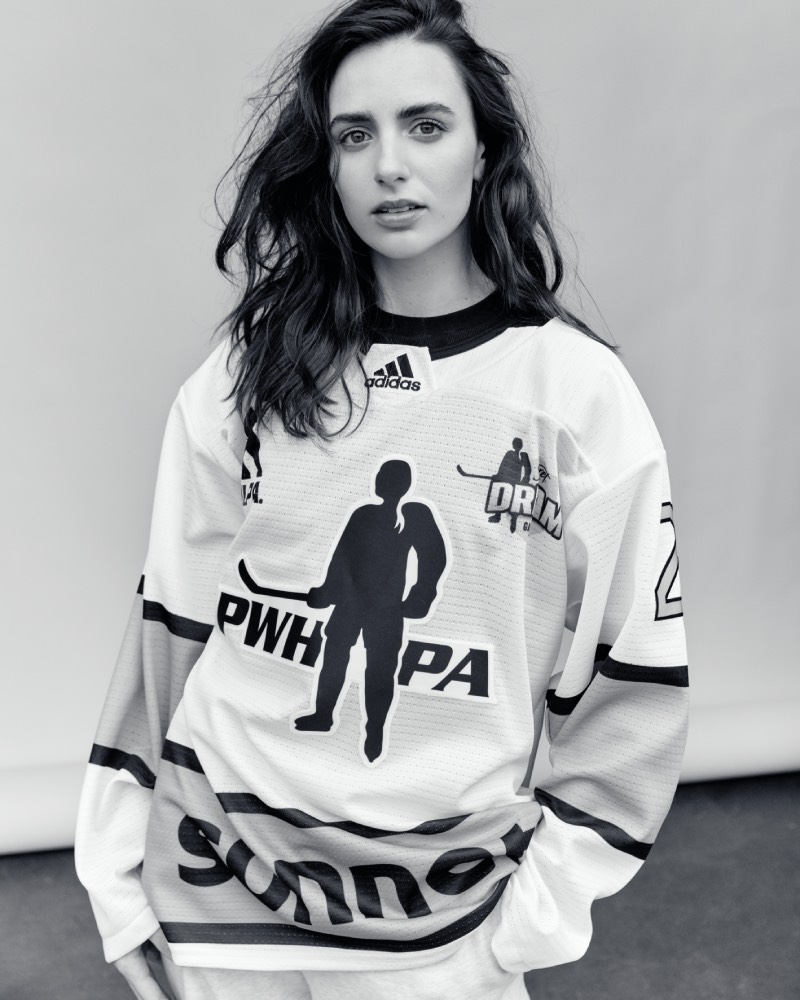 Ted Belton
Ted Belton“We’ve seen it with Hockey Canada, and I’ve seen it with many, many other organizations: a culture of entitlement that says ‘We’re going to take care of it; don’t you worry your pretty little heads about it.”
NDAs have long been the hand that lifts the rug for things to be swept under, allowing guilty parties to avoid taking accountability and the same actions to be perpetuated in a poisonous cycle. However, that jig may be up. “The days when you could just ignore this stuff or make a bonfire in the court-yard or hide it in a filing cabinet are over,” says Macfarlane, who has personal negotiation experience, having handled her own settlement for being sexually abused by an Anglican minister when she was young. She also notes that the federal government has been much more interested in talking to her since the Hockey Canada scandal broke.
Macfarlane recently worked with elected official Lynne Lund in Prince Edward Island to establish a ban on the use of NDAs in sexual-abuse cases; it came into effect in the province last May, and she wants the federal government to get in line too. She points out that these agreements do have their appropriate uses—they were originally created during the 1980s tech boom as a way to protect intellectual property. But they have since morphed into something that’s used to cover up disgraceful misconduct, including sexual assault. Macfarlane’s background as a law professor at the University of Windsor led to her defending students who’d made accusations against a long-standing professor. After two years of battling to no avail with the school to get them to change their NDA policy, she resigned on principle.
When it comes to solutions, it’s difficult to start untangling something that feels so intertwined with Canadian culture, but change must be built on equality-based principles. Robinson has concrete suggestions like hosting male and female tournaments at the same time. “Everything changes when there are women around who have agency,” she says. “We need to have championships that [everyone is] at, whether they’re male or female or part of the [Paralympic] team. We all need to be there at the same time.” Robinson thinks these types of changes could force a sort of self-monitoring for players while also levelling the playing field between genders in the sport. It’s harder to maintain an untouchable power complex when having more participants involved means there’s no room left for a pedestal.
At hearings in November, it came to light that Hockey Canada had made inaccurate and misleading statements to the public since the scandal broke and had tried to put a positive spin on its use of the National Equity Fund for settlement payments. Also at these hearings, Bob Nicholson, the organization’s CEO from 1998 to 2014, apologized for having not instated guidelines for handling sexual abuse during his tenure. It was a rare moment of accountability in a scandal that has deepened with every freshly peeled layer—accountability that could set an example for the recognition that’s needed if the sport is to move forward differently.
In December, the London, Ont., police investigating the 2018 alleged assault announced that they have “reasonable grounds” to believe the five players did indeed assault E.M. At the time of the publication of this article, no criminal charges had been laid. However, investigators have requested warrants to access the hotel room where the incident happened as well as thumb drives that contain group conversations between the players.
Since leaving her Hockey Canada job last June to start her own prep hockey program at Bourget College in Rigaud, Que., with her partner, professional hockey player Mélodie Daoust, Bunton has moved in a new direction too and become a full-time coach, although she will also play in the PWHPA again this year. She is far from giving up on the sport. “I would be doing a disservice to myself and to the game of hockey if I didn’t stay involved and help create change so that these kinds of things aren’t happening to the next generation of kids.”
Read more:
Meet the Three Pro Hockey Players Covering the June Issue of ELLE Canada
Game Changers: Three Pro Hockey Players Shine a Spotlight on Women’s Sports
Olympic Medalist Ibtihaj Muhammad Talks Inclusivity in Sports
Newsletter
Join our mailing list for the latest and biggest in fashion trends, beauty, culture and celebrity.
Read Next
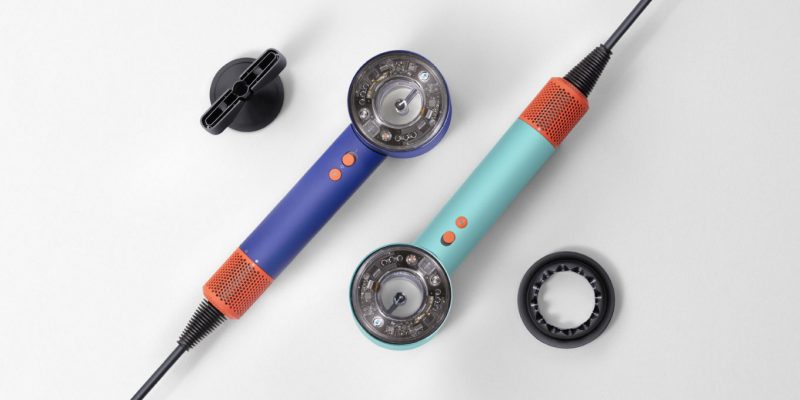
Beauty
Dyson Just Launched Its Most Intelligent Hair Dryer Yet
Get ready to upgrade your blowout game.
by : Lauren Knowles- Apr 25th, 2024

Fashion
Meredith Shaw Created a Plus-Size Summer Dress Collection That "Feels Like Candy"
The morning show host joined forces with PENN. to create a curated collection for sizes 14-32.
by : Allie Turner- Apr 25th, 2024

Beauty
Tested and Approved: Your New Hydrating Skincare BFF
This new product has all of your skin’s thirst-quenching needs covered.
by : ELLE Canada- Apr 17th, 2024

